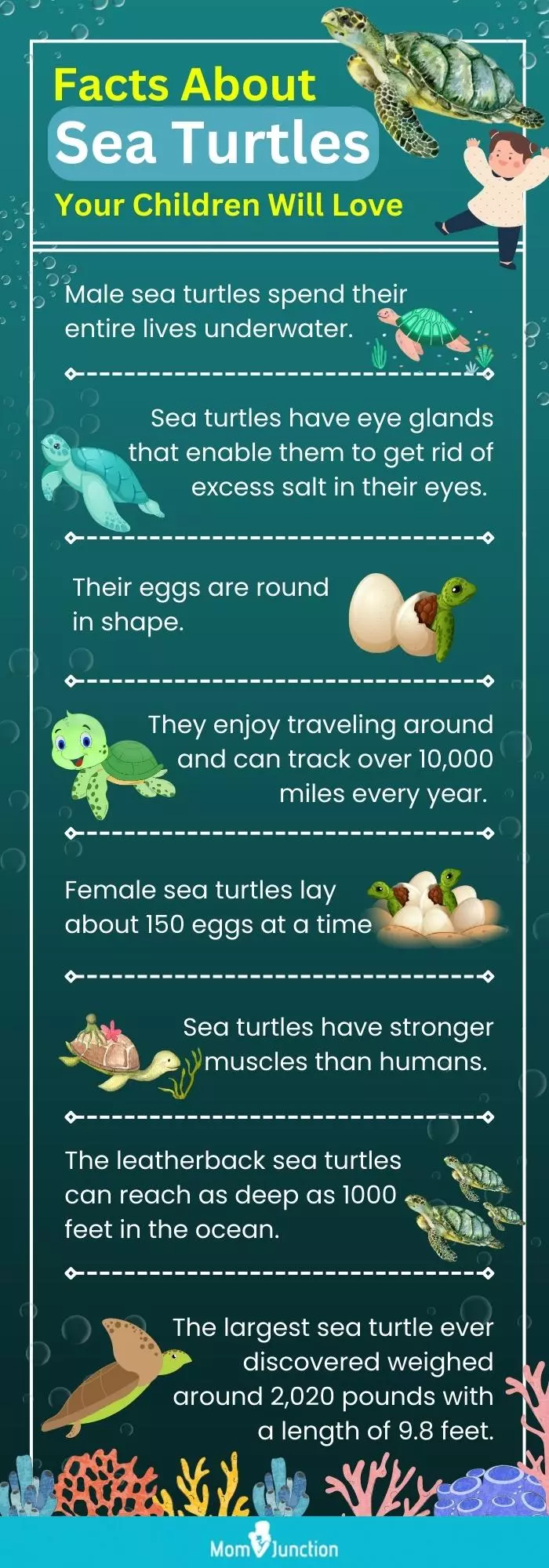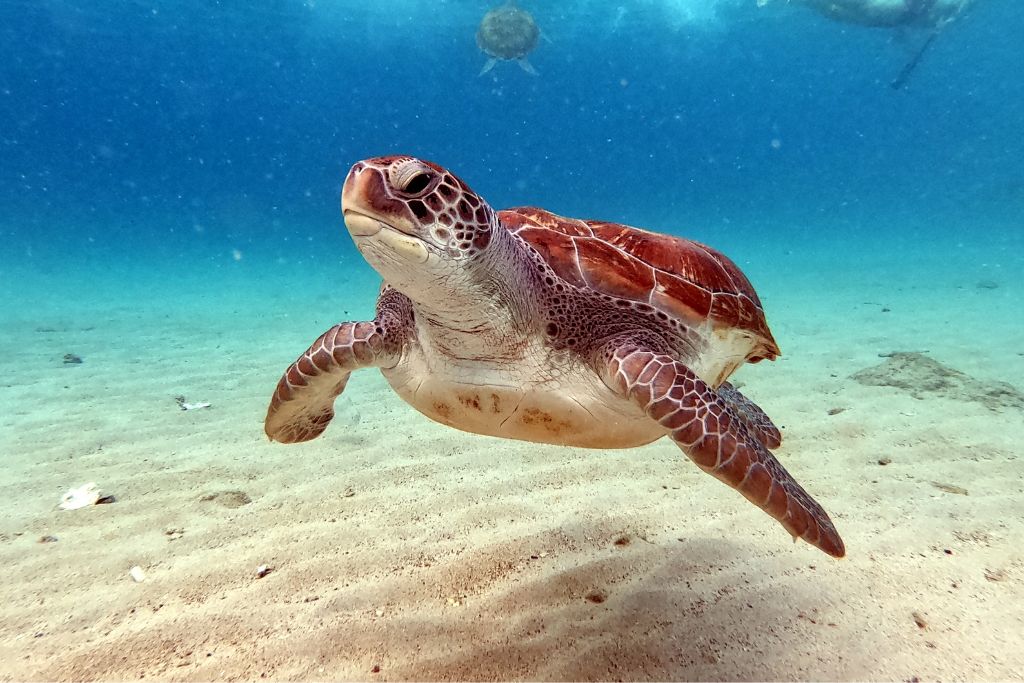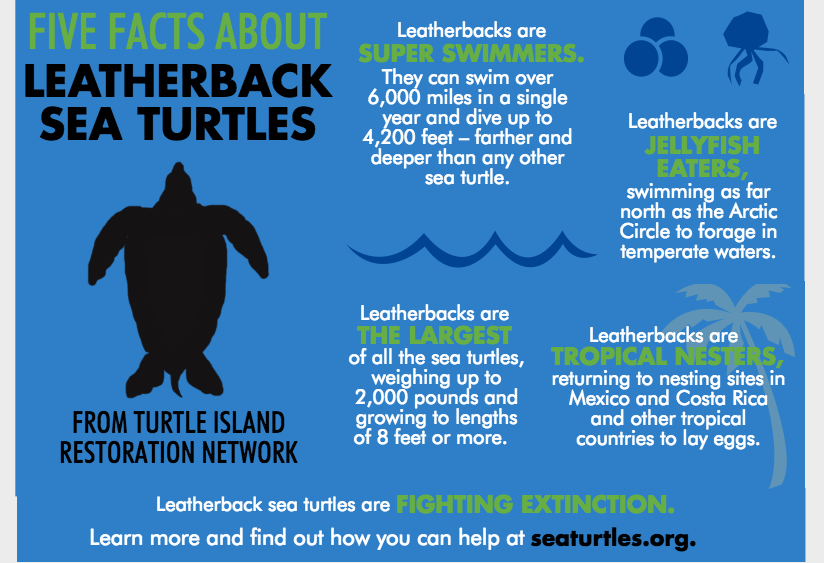Good morning all, I hope you all had a good weekend. I said in last week’s post, that I was going back to my hometown, even though it brought me some anxieties going back there. But whilst I was there I went to see my aunt, it was so good to see her as the last time we had seen each other was at my mums funeral, which wasn’t such a great day. I was with her for over two and a half hours, which seemed to just fly by so quickly, we sat outside, catching some rays, seeing as Sunday was such a beautiful day, we chatted and laughed until our heart’s content. I even got to see my cousins which was good to catch up with them too. It was sad when the time came to say goodbye.
World Sea Turtle Day is a chance for us to raise awareness and to celebrate these historic creatures that have been around for millions of years. This specific day is to highlight the importance of them and show how vital and significant they are. They are one of the most majestic creatures to habitate this world, and they come in many different shapes and sizes, and they are no different to other creatures that roam this planet. They all have a part to play in making the world what it is today. Looking at these beautiful creatures from the outside, you may think they live a very simple, stationary and inactive life, but when you go in and take a closer look at them, you will find them to be truly enchanting creations. All animals whether in the ocean or on land should be preserved and protected. Here are some interesting facts about Sea Turtles for you to read and learn about. Enjoy!

Biologists say: “They’re all turtles!”. ‘Turtle’ is the umbrella term for all 200 types of turtles, tortoises, and terrapins. Turtles are great swimmers. Aquatic turtles, like musk turtles, have webbed feet and live in lakes and swampy ponds. Marine (sea) turtles are found in oceans and have flippers.
A sea turtle is a reptile from the Chelonian family. Sometimes they are called Marine Turtles. There are “7 species of sea turtles” throughout the entire world are the ‘Green Sea Turtle’, ‘Loggerhead Sea Turtle’, ‘Kemp’s Ridley Sea Turtle’, ‘Olive Ridley Sea Turtle’, ‘Hawksbill Sea Turtle’, ‘Flatback Sea Turtle’, and ‘Leatherback Sea Turtle’.
All the six sea turtle are found in every ocean except the Arctic and Antarctic. The seventh, the flatback sea turtle, lives only in the waters around Australia.
Sea Turtles belong to one of the oldest reptile groups in the world. It is a more ancient group than snakes, crocodiles and alligators. There are more than 300 species of turtle throughout the world.
Marine turtles can migrate incredibly long distances. The longest known swim is for a female leatherback turtle. She covered nearly 21,000 kilometres over 647 days from Indonesia to the west coast of America. That’s over 30 kilometres a day!
Green sea turtles are the largest hard-shelled marine turtle in the world and can grow to 5 feet and weigh up to 500 lbs.
These creatures date back to the time of the dinosaurs, over 200 million years ago.
Turtles are easily recognised by their bony, cartilaginous shell. This super-tough casing acts like a shield to protect them from predators – some turtles can even tuck their head up inside their shell for extra protection!
When sea turtles sleep, they can slow their heart rate down to 4 beats per minute to conserve oxygen. They like to hide amongst rock while they sleep.
Male turtles always live in the ocean. They never come out of the ocean while females visit ashore to lay their eggs on sandy beaches during the nesting season. Females lay between two and six clutches of eggs and each contains 70 to 180 eggs.

Just like your bones, a turtle’s shell is actually part of its skeleton. It’s made up of over 50 bones which include the turtle’s rib cage and spine.
Contrary to popular belief, a turtle cannot come out of its shell. The turtle’s shell grows with them, so it’s impossible for them to grow too big for it!
The gender of the Sea turtle is determined by the Sand temperature. Cold temperatures produce male hatchlings while warmer incubation temperatures produce female hatchlings. If the temperature fluctuates between the two extremes, then the mix of male and female hatchlings will be produced.
Turtles don’t have outer ears but they do have ears and can still perceive some sounds and vibrations to some extent. Their vision is much better than their hearing.
The Alligator Snapping Turtle and is the most dangerous turtle in the world. They are carnivores. To get their food, they keep their mouths open and lie down on the bottom of a riverbed. Then, they shake their tongues looking like insects, which attract the fish to come into their mouths!

What a turtle eats depends on the environment it lives in. Land-dwelling turtles will munch on beetles, fruit and grass, whereas sea dwellers will gobble everything from algae to squid and jellyfish.
The Swinhoe’s softshell turtle is the world’s rarest turtle in the world. It is also known as the Yangtze giant softshell turtle discovered in Vietnam is the world’s rarest turtle in the world. It is also known as the Yangtze giant softshell turtle discovered in Vietnam
Some turtles are carnivores (meat eaters), others are herbivores (plant eaters) and some are omnivores (a mixture of the two!). Many baby turtles start life as carnivores but grow to eat more plants as they mature.
Turtles are ‘amniotes,’ they breathe air and lay their eggs on land, although many species live in or around water.
Turtles don’t have teeth. Many are born with a special tooth called a “caruncle” or “egg tooth” that helps them get out of their shell when they are ready to hatch.

These cold-blooded creatures have an incredibly long life span. The oldest ever recorded, named Tu”i Malila, of Tonga Island, passed away at the grand old age of 188!
Sea turtles make their nest above the high tide line to prevent the nest from flooding and the sand surrounding the next becoming too wet and compact. The nest needs to have air pockets that provide oxygen.
It is estimated that only 1,000 sea turtle hatchlings survive to adulthood, which takes up to 50 years for them to reach it.
Sea turtles will return to the area where they were born to mate. However, it can take 15 to 50 years to make this return
Sadly, many species of turtle are endangered! 129 of approximately 300 species of turtle and tortoise on Earth today are either vulnerable, endangered, or critically endangered, according to the IUCN. Threats include loss of habitat, pollution, poaching and the illegal pet trade.

There are six out of seven species of sea turtles that are either threatened or endangered that’s at the hands of humans. They are Hawskbill and Kemp Ridley who are critically endangered, the Green Sea Turtle are endangered, whilst Letterback, Olive Ridley, and Loggerhead are threatened
All around the world their are many charities and organizations working tirelessly to save these sea turtles from becoming extinct. You to can help these beautiful creatures whether its donating to one the many charities there are, or by adopting them. Every penny counts, but its not just about the money there is so much you can do to help like stop polluting the water. Find out what you can do to help these sea turtles from becoming extinct.
Thank you for stopping by my blog today, and taking the time to read this week’s post. Enjoy the rest of your day and have an awesome week. Bye for now.


